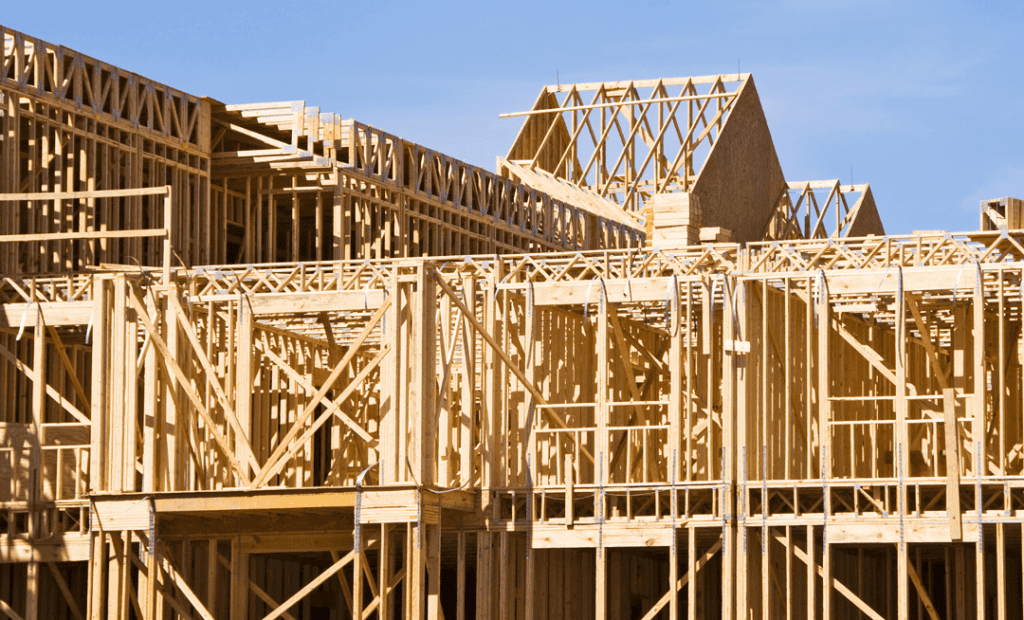
Multifamily Builders Address Housing Shortage
Several pieces of analysis, some robust research from the National Association of Home Builders (NAHB), and comments from the House Committee on Financial Services have brought serious attention to the need to build new housing supply. Housing demand has outpaced supply for years prior to the pandemic, and demand has only increased since then. Compounding this problem is a materials and labor shortage, such that now, building more housing is more expensive and takes longer to complete.
The research from the NAHB effectively anchors the recent coverage on housing supply, particularly NAHB’s finding that single family housing construction had less growth near the end of 2021, while multifamily development remained fairly active through the end of the year. There is not a whole lot of commentary or interpretation to accompany the information, but it points to a significant trend that both Berkadia and RealPage have reported on: Multifamily construction has continued, and single-family home builders have not been as active. Now, this could just be a blip and a brief shift in housing construction in the second half of 2021, but, given how tight supply already is, any shift in housing construction deserves attention.
The reports from RealPage and Berkadia cover the same topic and use the same RealPage data, but, as is almost always the case, there are unique and interesting ideas in both of them.

The graph at the opening of Berkadia’s report highlights what I would argue are two inflection points when it comes to multifamily development. Both Berkadia and RealPage note how multifamily starts and permits were increasing at a much faster rate pre-2015, and after 2015, starts and permits increased at a slower rate. So, there’s one inflection point.
After that inflection point in 2015, multifamily construction levelled off somewhat, but I see another inflection from the start of 2020 until now. Just based on the graph, it sure looks like that second inflection point happens in 2020, and we’re building at a much higher rate than we were in 2015.
The Berkadia report marks the start of the increase at 2021 and RealPage points to 2020, but they both are noticing the same thing: Developers have been building more apartments.

The Berkadia report also gives some context that helps explain why there was more apartment construction before 2015:
“Because of the severe dampening effect on the single-family market of the housing bubble bust and financial recession from 2009 to 2014, multifamily filled a lot of the void in housing demand, especially as renting became more of a lifestyle choice.”
The conditions now are a lot different from the conditions of the great financial crisis, and aside from some perennial doomsayers, most homebuyers and renters are expecting elevated home prices rather than plummeting home prices.
So, just to follow this thread to its conclusion, it could be that apartment demand in recent years is driven not by would-be homeowners scared of the possibility of an underwater mortgage but is instead driven by a too-high price that acts as what I’ll argue is a far stronger barrier.
It’s one thing to not buy something because you think it won’t be worth much later on. It’s another thing to be unable to buy something altogether.
If my armchair speculation about affordability and demand is right, then these past two years could be the start of a longer-term trend, especially since, as Berkadia’s report notes, the increased cost of building materials has led to a situation where builders aren’t building the cheaper starter homes anymore because it doesn’t make financial sense to them.

RealPage’s report has some specific numbers on is exactly how much the balance between single-family housing and multifamily housing has shifted:
“The share of single-family permits to total residential permits was averaging about 80% before the housing bubble of the mid-2000s but averaged about 65% from 2012 to 2019 before jumping to almost 72% at the end of 2020. Since then, it has slipped back below 65% as multifamily development takes a larger share of total housing.”
People are renting more. Houses are expensive, and multifamily developers are building more.
Even with this increased activity from apartment builders, housing demand will continue to outpace supply for some time. The high prices of single family homes are driving what would-be homebuyers into the rental market, sustaining demand, and even though apartment developers are remarkably active and resourceful dealing with the challenges of the past two years, the labor and materials shortages have certainly prevented a lot of housing supply from coming on line. Given these difficulties, as well as the length of time it takes to complete construction on a multifamily building, it will take years to see significant relief from the shortage of housing in general and apartment units in specific.